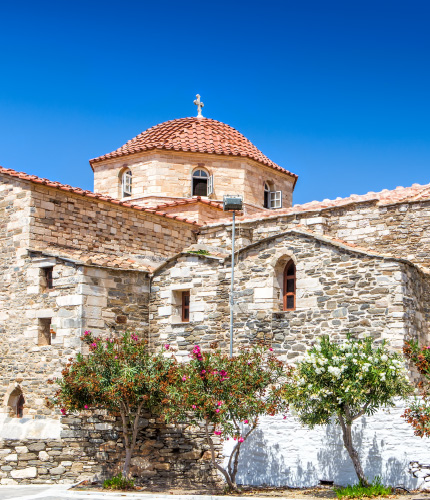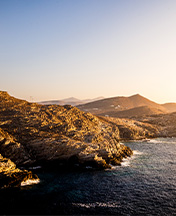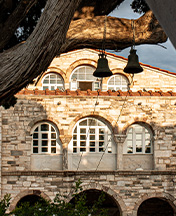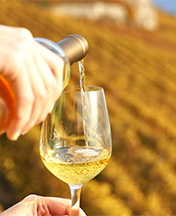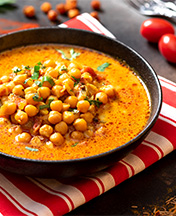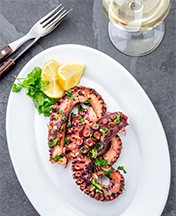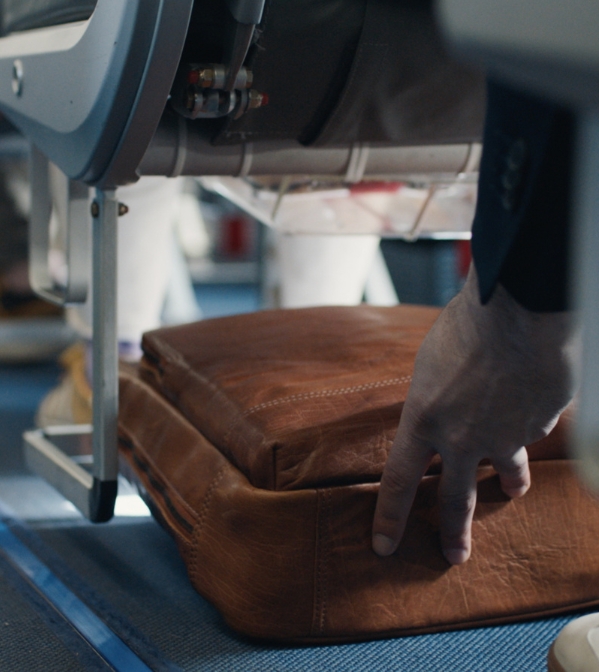Paros has been inhabited since 3200 BC, according to excavations carried out on the island of Saliagos, located between Paros and Antiparos. According to mythology, the Cretan Alcaeus was the first king of Paros and built a city where Parikia, the current capital of Paros is located. Paros was an ideal place because of its strategic location and the fertility of the land. Traces of the former civilization can be seen in the Acropolis of Mycenae near Kolymbithres. In 1000 BC Paros was occupied by the Arcadians. The 8th century BC was a thriving period for the history of Paros, as the island became a sea power and created a colony on the island of Thassos, rich in mineral deposits. Apart from the economic development, there was a cultural boom including the construction of many temples, such as the temple of the goddess Athena and the thermal center of Asklepieion. Part of the army of Paros fought with the Persians during the Persian wars and was defeated by the Athenian army. In 338 BC, the island came under the rule of Philip of Macedonia and became part of the Macedonian Empire. Between 1207 and 1389, Paros became part of the Duchy of the Aegean, ruled by the Venetian Marco Sanudo. In the 15th century the Fortress of Naoussa was built to protect the island from pirates. The Turkish occupation succeeded the Venetians, until the Greek Revolution of 1821. After Independence, the island of Paros, like all the other Cyclades, joined the modern Greek state. Much of the history of Paros continues to be distinguished in many parts of the island from antiquity to modern times.
